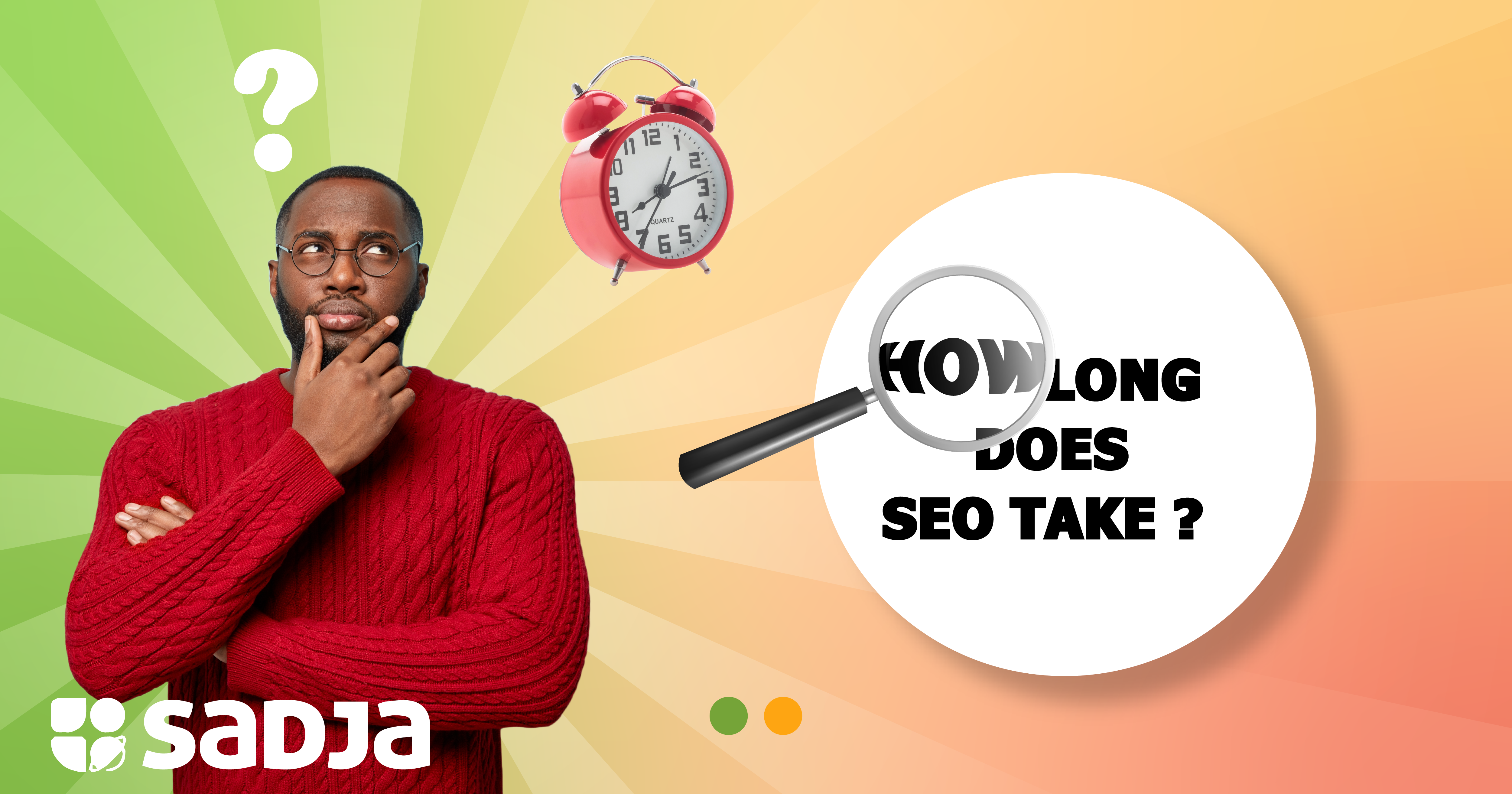Even among members of the graphic design community, the question of whether a particular logo is effective will spark heated debate. Personal preference is an unavoidable contributor to the discussion, and it often makes the whole affair an unsolvable riddle.
This shouldn’t be the case. All that’s needed to make an accurate judgment of a logo’s quality is objective analysis – to approach the issue without personal opinions, feelings, or references. You must ask yourself what the logo says about your brand, whether it will remain relevant over time, and whether people will remember it all after taking just one look. In this post, you’ll learn the essential qualities and functions of effective logo design. You’ll know how to set yourself up for success when you hire a logo design company.
functions of an effective logo
Before you know what constitutes a good logo, you must know what it is supposed to achieve. Compelling logos are the ideal tool for drawing audiences to brands and creating lasting impressions. They use the principles of design to set a company’s products and services apart from their rivals’ and communicate that the brand owns a place in the market. While you may feel overwhelmed by the subjective (personal/intuitive) nature of logo design, you can evaluate factors to ensure it serves its function. Obviously, a logo should look appealing, but most importantly, it should achieve its branding goals and appeal to its target audience.
Logos are typically composed of graphics, typography, and color. These components are visual in nature, and as a result, the way they are used may depend on personal preference. Even then, good designers must use brand research and design principles to ensure consistent application.
Typography
Fonts convey more than the actual word they represent. An effective logo will account for the common feelings specific typefaces have on people to create a particular atmosphere or perception of a brand. Sans Serif fonts convey emotions of uniqueness, style, and intelligence. If you intend to portray your brand as modern, relatable, and stylish, fonts in this category may suit your image.
Furthermore, if you need inspiration for the best typography for your logos, you can get creative with decorative or display fonts. These are unique, often custom typefaces that stand out from the usual. Since they are stylized and highly unusual, they add personality to your brand. However, you must consider how your audience will react to them before you commit to any specific choice.
Color
color stimulates in-born feelings, and compelling logos will capitalize on this to draw emotional responses from their target audiences. The right logo color choices will immediately establish joy and happiness, while dark colors will make a logo feel tense and gloomy. Great logos make effective color choices through color theory and color psychology, and they also account for disparities across cultures and across traditions.
choosing colors for your logo
black and white. Your concept should come before the color- your ideas will always be more memorable. Everyone understands color differently. So, your initial ideas shouldn’t have any so you can avoid problems. For instance, someone may have happy memories of a yellow toy they had as a child, while others may associate the same color with a scary experience. Everyone has personal opinions on color, so it’s best to wait until a concept has been fully developed before making any choices.
Use color to set yourself apart. You need to adopt a color pallete that is unique enough that your brand won’t be confused with others. just like you know that red is for Airtel, yellow for MTN, and magenta for Africell, implementing a unique color palette within your logo will help you claim your niche in the market.
Of course, you may already have a set of corporate colors. If that’s the case, then you need to determine whether they’re effective. If they don’t stand out, consider combining multiple shades of those colors.
Illustrations
Graphical illustrations in a logo may be detailed drawings, icons, patterns, textures, or simple lines. When they are added to the branding process, graphics can be a dominant force. Think of the most famous logos you know, like Nike’s swoosh and apple’s apple. Great graphics can improve any kind of logo, turning it into a device that helps your audience remember your brand long after interacting with your advertisements.
Composition
Composition is all about identifying the best way to combine visual elements to achieve harmony. A well-proportioned logo is one where the weight of several elements is balanced within the frame. The focal points should receive visual emphasis – the most significant design information should stand out immediately. Although research has shown that having more white space enhances readability and usability, an effective logo may employ many other grid templates to achieve the same, as the rule of odds and rule of thirds.
The qualities of a good logo
You’ve learned about the functional characteristics that define a good logo. Now it’s time to discuss qualities a little less obvious.
Although it’s important to ensure that your logo meets the physical design characteristics mentioned above, good design has more to do with how well it matches your brand’s needs.
Relevance
deals with how well your logo design connects with your audience. It’s crucial to research your market to understand who the logo should really be speaking to, from broad characteristics like education and age to narrower ones like interests and values. Use your understanding of your community to determine which design elements they will find most interesting. It’s a delicate balancing act with the physical design elements mentioned at the start of this article. You want your logo to stand out, but not so much that it loses the connection to your audience.
Simplicity
great logos are really simple, so much so that they can be understood at a glance. An ideal logo should catch a viewer’s attention even when they drive past a billboard or similar advertising at 80 KPH, on packaging in the overstuffed shelves of a supermarket, or in any other medium used for promotion, marketing, or advertising.
Simplicity has a direct connection to memorability. A logo must contain a compact brand message, and this is best realized with minimalist shapes, readable fonts, and little details (you’ll want to evaluate how effective your design is when it’s in a single color or when it is shrunk to a small size)
Timelessness
your logo must maintain its beauty and appeal for years to come. Although logo redesign is now common, frequent modifications will affect your audience’s ability to associate the logo with your company. That is why a good logo should be timeless. You’ll want to avoid design trends and other conventions that are driven by hype. Trends age remarkably fast, and most will die out before your audience even starts to relate to your logo. Focus more on the insights revealed through market research.
Adaptivity
adaptivity deals with how good your logo design appears in various physical and digital mediums. Responsive logos may vary in complexity and size, and at times they exist in different colors to accommodate different destinations. A good logo will maintain its appeal on mobile and desktop devices, print and digital media, and be scalable.
Reflective: logos should always reflect your brand. A conservative logo says your organization is stable and cautious. An artistic or funny logo will portray creativity. Your logo should convey who you are as an organization.
Competitive: consider the logos of your main competitors. Do you envy any of them? If your rivals haven’t invested in branding, this is a good opportunity for you to get an advantage over them. If they have great logos, don’t give up. Create something competitive.
Since you now know the characteristics that define a good logo, you can design one that accurately conveys your company’s image. If you need help with execution, consider hiring a professional graphics designer to bring your vision to life.
 +256 206 300885
+256 206 300885


